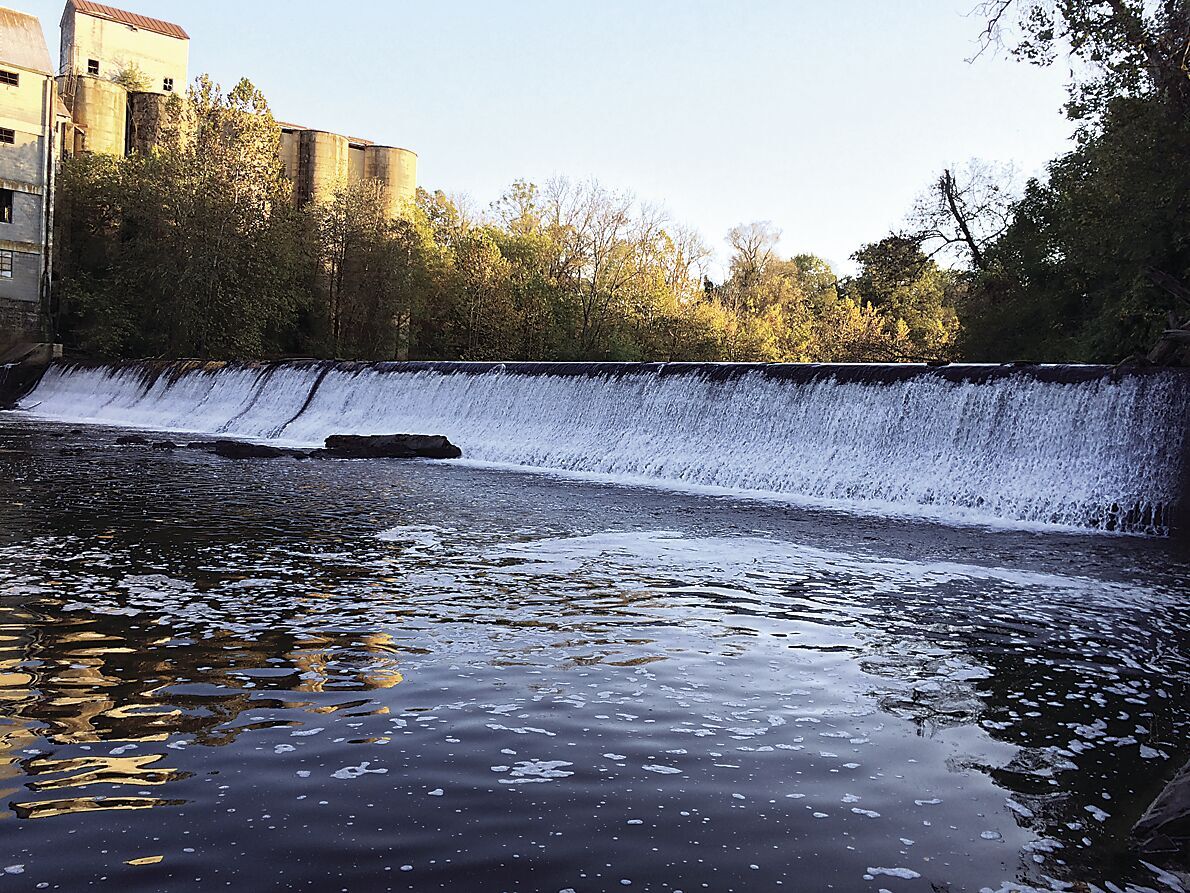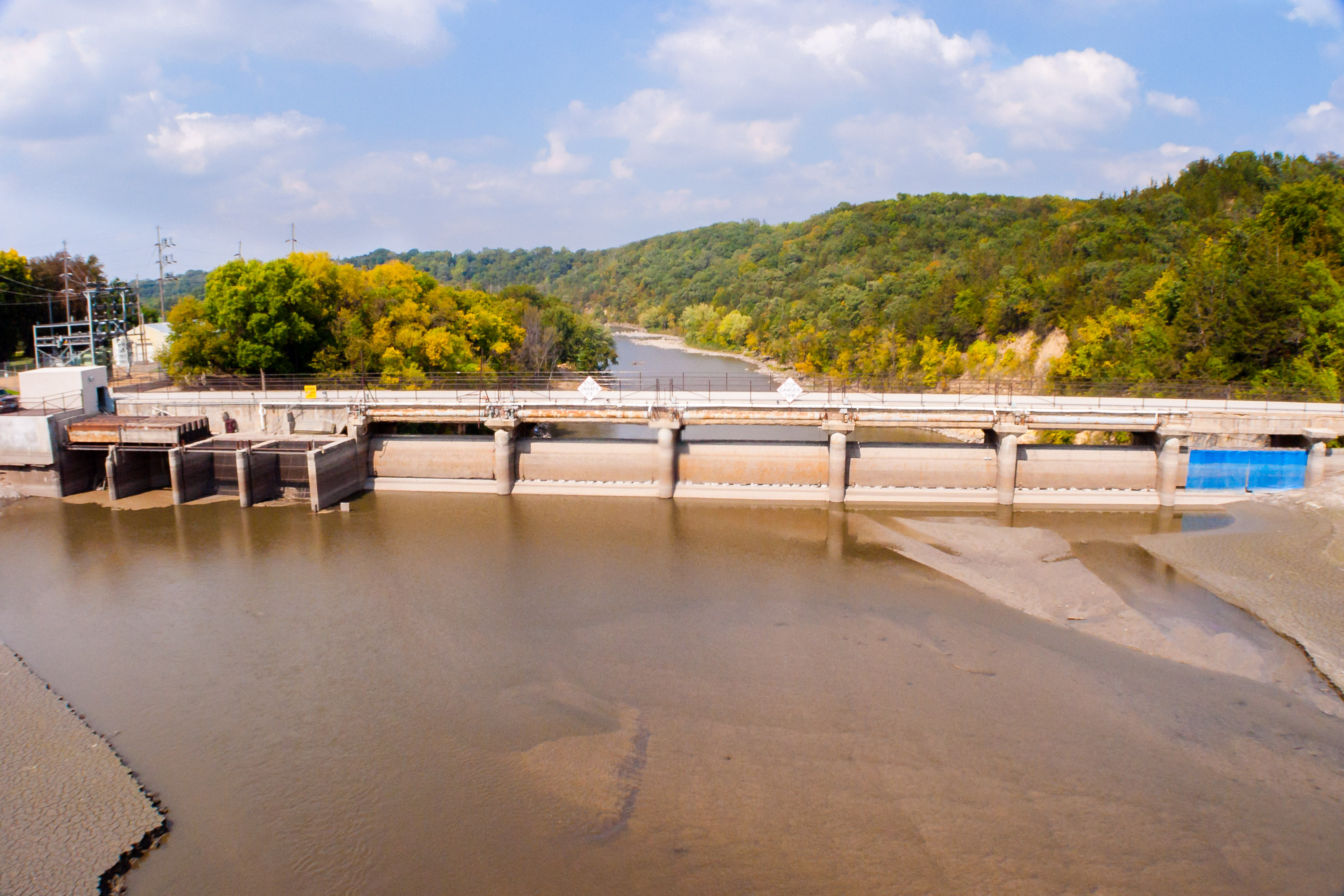Rapidan Dam’s Geographic Context: Rapidan Dam Location

The Rapidan River, a tributary of the Rappahannock River, flows through the heart of Virginia, shaping the landscape and history of the region. The Rapidan Dam, located in Culpeper County, plays a crucial role in managing the river’s flow and providing water resources to surrounding communities.
The dam is situated approximately 60 miles southwest of Washington, D.C., and 40 miles northwest of Richmond, Virginia. It is within the Rappahannock River basin, which drains an area of over 2,500 square miles in Virginia and Maryland. The Rapidan River, with its headwaters in the Blue Ridge Mountains, flows into the Rappahannock River near Fredericksburg, Virginia, eventually reaching the Chesapeake Bay.
Proximity to Major Cities and Landmarks
The Rapidan Dam’s proximity to major cities and landmarks makes it a significant infrastructure asset for the region. It is located near the historic town of Culpeper, Virginia, which was a key strategic location during the American Civil War. The dam is also within driving distance of popular tourist destinations such as Shenandoah National Park and Monticello, the home of Thomas Jefferson.
Historical Significance of the Rapidan Dam

Rapidan dam location – The Rapidan Dam, an engineering marvel nestled amidst the picturesque Blue Ridge Mountains, holds a significant place in history, serving as a testament to human ingenuity and the transformative power of water management.
The dam’s genesis can be traced back to the late 19th century, when the burgeoning city of Richmond, Virginia, grappled with a growing population and an escalating demand for a reliable water supply. The James River, the city’s primary water source, proved unpredictable, with its fluctuating flows posing challenges to maintaining a consistent supply.
In response, the Virginia General Assembly authorized the construction of the Rapidan Dam in 1890. The project commenced in 1892 under the supervision of Major Montgomery C. Meigs, a renowned engineer known for his work on the Washington Monument. The dam’s primary purpose was to create a reservoir that would store water during periods of high flow and release it during times of scarcity, ensuring a steady supply for Richmond.
Role in Water Supply and Flood Control
The Rapidan Dam played a pivotal role in addressing Richmond’s water supply needs. The reservoir created by the dam, known as Lake Pelham, has a storage capacity of approximately 32 billion gallons, providing a reliable source of water for the city’s growing population. The dam’s controlled release of water also helped regulate the flow of the Rapidan River, mitigating flooding downstream and protecting communities along its banks.
Impact on Local Ecosystem and Environment
The construction of the Rapidan Dam had a profound impact on the local ecosystem and environment. The creation of Lake Pelham inundated a significant area of land, altering the natural habitat of wildlife and vegetation. The dam also disrupted the natural flow of the river, affecting fish migration and aquatic life. However, over time, the reservoir has become a valuable habitat for various species, including waterfowl, fish, and amphibians.
Engineering and Structural Details of the Rapidan Dam
The Rapidan Dam is a marvel of engineering, a testament to human ingenuity and determination. Its impressive dimensions and innovative design make it a significant landmark in the history of dam construction.
Technical Specifications
- Height: 115 feet (35 meters)
- Length: 1,300 feet (396 meters)
- Capacity: 320,000 acre-feet (395 million cubic meters)
Design and Construction Techniques
The Rapidan Dam was designed using the gravity dam principle, which relies on the weight of the dam itself to resist the force of the water behind it. The dam is constructed of concrete, poured in massive blocks that were interlocked to form a solid, impermeable barrier.
Materials, Rapidan dam location
The Rapidan Dam is primarily constructed of concrete, a durable and long-lasting material that has proven its resilience in numerous other dams worldwide. The concrete used in the dam’s construction contains fly ash, a byproduct of coal combustion, which enhances its strength and durability.
Nestled in the heart of Virginia, the Rapidan Dam stands as a testament to human ingenuity. Its towering structure holds back the mighty Rappahannock River, creating a serene reservoir. However, the specter of dam failure looms over this tranquil setting, a reminder of the fragility of our constructions against the relentless forces of nature.
Yet, the Rapidan Dam continues to stand tall, a symbol of both progress and the need for vigilance.
Nestled amidst the rolling hills of Virginia, the Rapidan Dam harnesses the power of the Rapidan River. Just a stone’s throw away, the charming town of Blue Earth, Minnesota , beckons with its picturesque landscapes and rich history. As the river continues its journey, it flows back to the Rapidan Dam, completing a circle of nature’s wonders.
Nestled amidst the rolling hills of Virginia, the Rapidan Dam stands as a testament to engineering prowess. Its tranquil waters invite contemplation, yet the shadow of potential disaster looms. Just a short distance away, the recent dam failure in Minnesota serves as a stark reminder of the fragility of these structures.
As the sun dips below the horizon, casting an ethereal glow upon the Rapidan Dam, its serene facade whispers tales of both the power and the vulnerability of our built environment.
Nestled in the serene Blue Ridge Mountains, the Rapidan Dam stands as a testament to human ingenuity. Yet, its story is intertwined with the somber reality of dam failures. The tragedy that struck Minnesota in 1996 serves as a poignant reminder of the potential consequences.
Dam failure minnesota devastated communities, highlighting the critical need for robust safety measures. Returning to the Rapidan Dam, its location remains a vital reminder of the delicate balance between progress and environmental stewardship.
Nestled amidst the tranquil landscapes of Blue Earth County , the Rapidan Dam stands as a testament to the harmonious coexistence between nature and human ingenuity. Its imposing structure, a symphony of concrete and steel, harnesses the untamed power of the Blue Earth River, creating a serene reservoir that reflects the beauty of the surrounding countryside.
